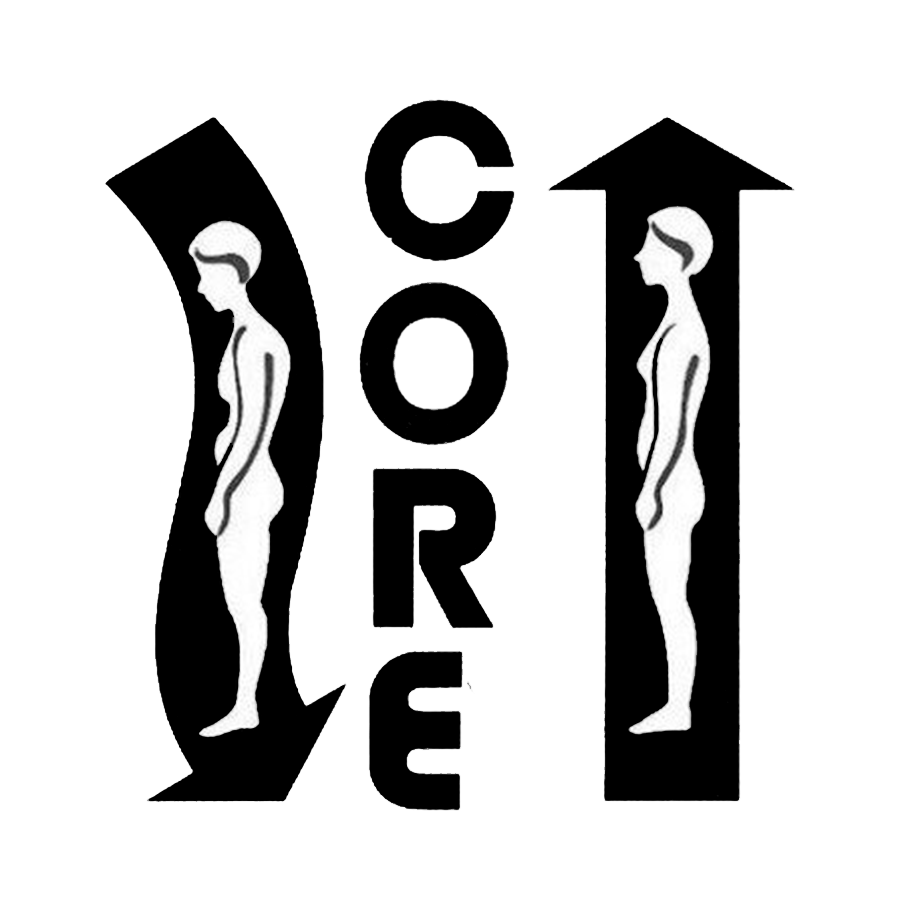I tend to forget to look at my own website. I’m guilty…I just don’t seem to find the time for all the things that need to happen these days. But overall, moving forward slowly is preferable to moving backwards!
In the past several months I’ve certified several new CORE Level III practitioners: In Scotland, Joanne Polding and Fiona McKenzie, and in Arkansas, Abigail Showl. Abigail also received her additional training and certified as a Level I Instructor. She plans to begin offering courses in northwest Arkansas soon. Congratulations to all three!
And several folks are now teaching CORE work around the world! See the directory, but we now have instructors in the UK, US and Malaysia, so we’re quite excited that we can offer CORE work around the world. I also teach occasionally in Crete, so we’re covering the earth (quietly).
In other updates, my fifth book called “The Self-Guide to Surgery” will be released in January of 2020. This one was difficult on several levels, but has come out nicely, I think. The target audience for this book is anyone on the planet! We’re all faced with choices in every day…choices that can help us remain healthy, or have better outcomes from medical procedures, or even learn how to ask appropriate questions with our practitioners. I am pleased to be joined in this book by Dr. Ralph Harvey who offers a doctor’s perspective on several occasions, and friend Dan Kuebler, who as a physical therapist facing a surgery was able to share his good and bad experiences as well. I hope it will help people make wise choices before surgery is necessary, when it’s inevitable, and once it’s happened.
And I’m still traveling, still working and teaching a bit, and still moving less quickly more of the time! However, currently Gloria and I seem to gravitate to our Crete home in spring and fall, stay in Springfield in the summer and winter try to find a bit of warmth in the middle. We hope to visit Australia in January before returning to Malaysia to offer courses in February of 2020.
So life is full! Another birthday coming soon, and aging isn’t all graceful, but gratitude seems to make all work better so I affirm gratitude for all the good in my life!
